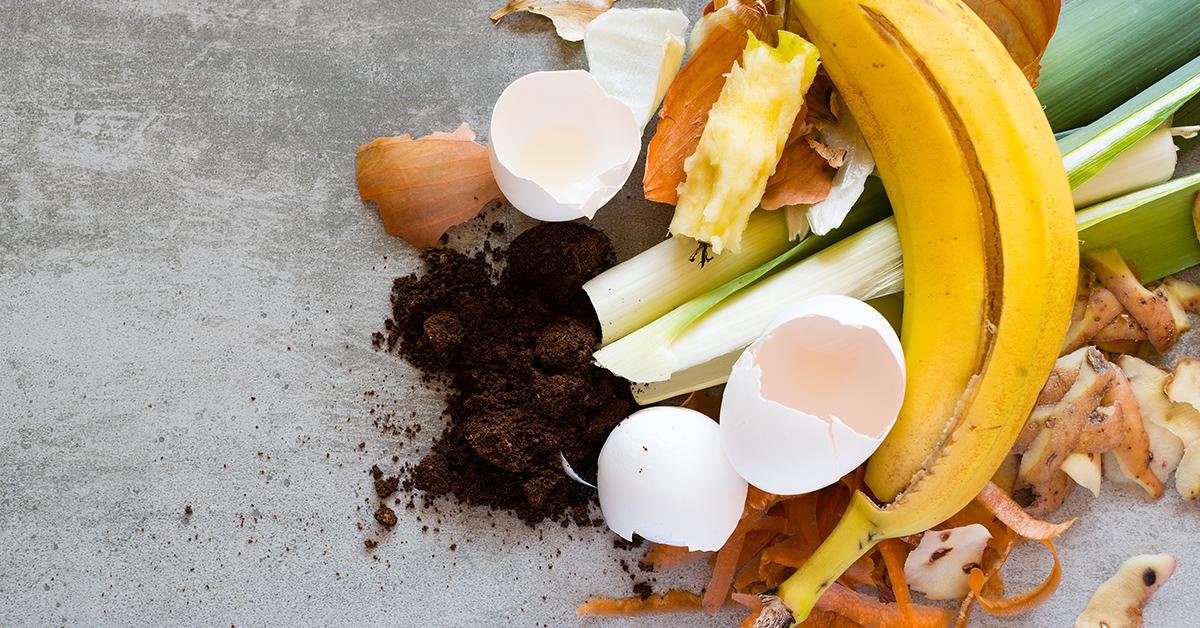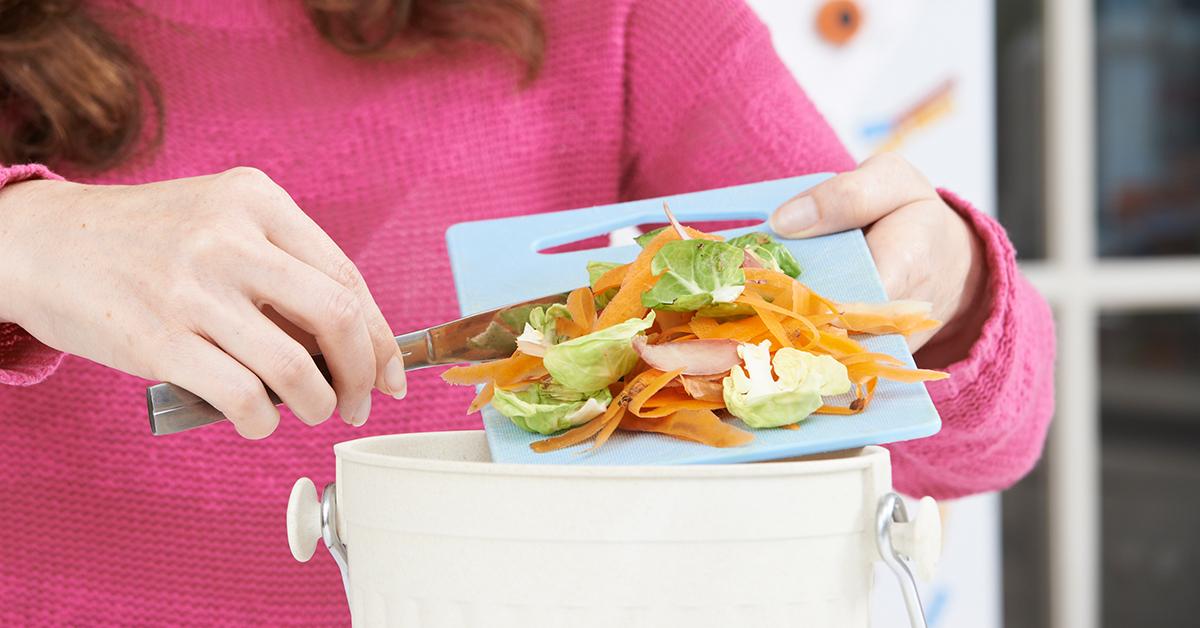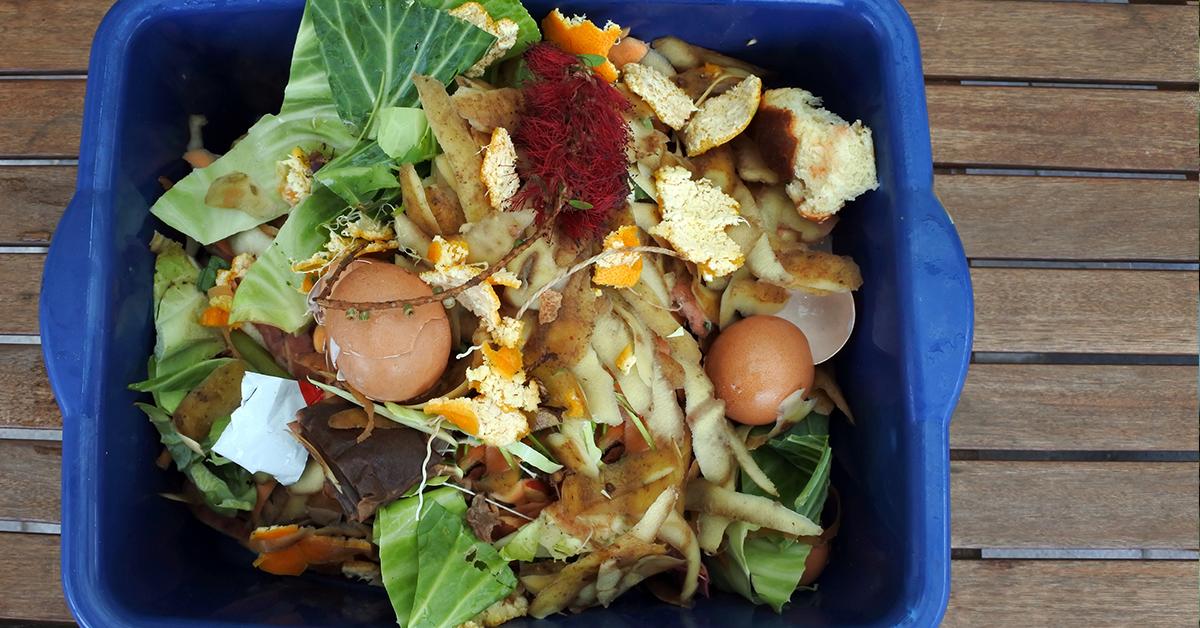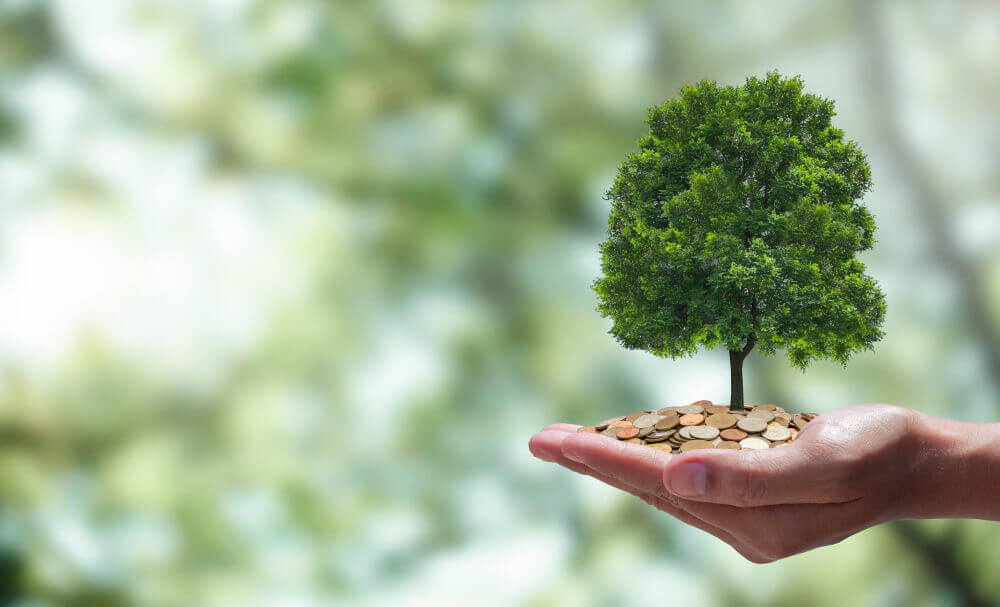Courtesy : Green matters
Composting
Composting is a great way to reduce your food waste and contributions to greenhouse gas emissions. But it can also seem like a daunting task, the sort of thing only seasoned gardeners with enormous yards can do right. What goes into it? How do you make sure it doesn’t reek? And what even is composting?
Composting isn’t as hard (or as smelly) as you’ve been led to believe. Anyone can compost in any location, as long as they understand the basics of this all-natural process. Learn how it works, why it’s beneficial to the environment, and how to make it work for you through our guide below:
What is compost?
Compost is simply decayed organic matter — and “organic matter” is a pretty wide-ranging label. A twig can be organic matter, but so can a banana peel. When you mix a bunch of these items together in a compost pile, they break down naturally into a nutrient-rich fertilizer that helps gardens grow.

What can be composted?
Almost anything that comes from the ground can be composted. Cucumber ends, apple cores, carrot peels, cantaloupe rinds, avocado pits, an old pumpkin leftover from Halloween — any vegetable or fruit scrap will do. But grains also sprout from soil, which means you can throw stale bread, cereal, and pasta in your compost heap, too.
What else goes into the pile? Coffee grounds and filters, tea leaves, herbs, spices, and nut and egg shells are all acceptable ingredients. You can also include cut flowers or plant trimmings, as long as they aren’t diseased.
But there’s a long list of things you can’t compost — and they mostly apply to animal products. No meat, fish, butter, yogurt, cheese, milk, or animal fat is allowed. It’s also a good rule of thumb to keep anything oily or greasy out of the pile, and please, don’t include your pet’s poop. It may be organic, but it introduces disease to the compost that make it unusable.
How can composting impact the environment?
When the food in your trash goes to a landfill, it emits methane, a greenhouse gas that contributes to climate change. Composting is a way to minimize those methane emissions, but it does a lot more than that. Because compost is used as a fertilizer, it reduces the need for chemical options, which can be harsh on the earth. According to the EPA, compost is also capable of capturing and eliminating 99.6 percent of volatile organic compounds, or VOCs, from the air. These vapors and gases can have a harmful impact on your health, with side effects ranging from nausea to throat irritation.
hat compost can aid in carbon sequestration. When applied to soil, compost potentially functions as a “carbon sink,” trapping and containing the element in the dirt. And if the carbon is in the ground, it isn’t in our atmosphere, where it can wreak havoc on the planet.
How do you compost?
Composting involves a lot of collecting — into a pile, heap, or bin. Instead of throwing out your coffee grounds or veggie scraps throughout the week, you just load them into your compost. The rest of the rules depend on where you’re keeping that compost: indoors or outside.
How to start composting at home:
Let’s say you’re composting in a house with outdoor space. First, designate a spot outside for your compost heap. Some people maintain a literal heap of stuff on the ground, while others keep their items contained in a large tub. A tub is often easier for beginners, but if you’re going with a heap, put up a small fence to keep critters out.
As you collect items in your compost, aim for a mix of nitrogen-rich “green” material and carbon-heavy “brown” material. Green materials tend to be wet, and include your fruit and vegetable scraps, coffee grounds, and tea leaves. Brown materials are drier, and span sawdust, newspaper clippings, and trimmings from dead plants.
Every other week, turn your compost pile with a shovel to let it aerate. Add water to keep it moist, and keep an eye out for any worrisome pests or disease. But otherwise, you can sit back and let nature do the rest of the work. It will take months for your heap of kitchen scraps to morph into soil, but you should notice a change after a few weeks.

Now let’s say you live in a fourth-floor walk-up without any green space. You can still compost — and in fact, it may be even less labor-intensive than the backyard method.
Many cities now offer compost collection at farmers markets or designated drop sites. To participate, simply store your scraps in a container on your kitchen countertop or in your freezer. Then, on collection day, bring them to the market and dump them in communal compost tub.
Some cities also collect compost through trash and recycling services, often in a designated bin. Community gardens are another potential avenue, as they often accept or outright solicit compost from people in the neighborhood.
But if you have no city or community garden support, there’s still vermicomposting. This self-contained system is designed for the indoors, but it often turns people off because it involves worms. You’re essentially replicating what would happen naturally outside in a plastic bin with food scraps and redworms — as the Brooklyn Botanical Garden explains, you fill your bin with organic “bedding” like shredded newspaper or leaves, mix in a little soil, add the worms, and then feed them your compost. Keep a lid on the bin and to avoid any odors, store the whole thing in your fridge.
Can compost go bad?
Compost doesn’t really “go bad,” but it can get too dry, too wet, or too old. If it’s too dry, add a little water to improve the moisture. If it’s too wet, turn and mix all the ingredients, adding dry organic material like sawdust to absorb some of the extra liquid. And when compost is too old or otherwise “spent,” it’s not bad per se — it’s just lost some nutrients. You can fix this by adding it into a fresh new pile of compost.
On top of all the great things compost does for the environment, it’s also a valuable tool for farmers and gardeners. Compost boosts water retention in soil, which means the budding plants in that soil need less irrigation. It also tends to facilitate bigger crop yields, giving food producers a better harvest. This all adds up to more growth with less water — and, in turn, a more affordable way to create food, flowers, and other plants.




